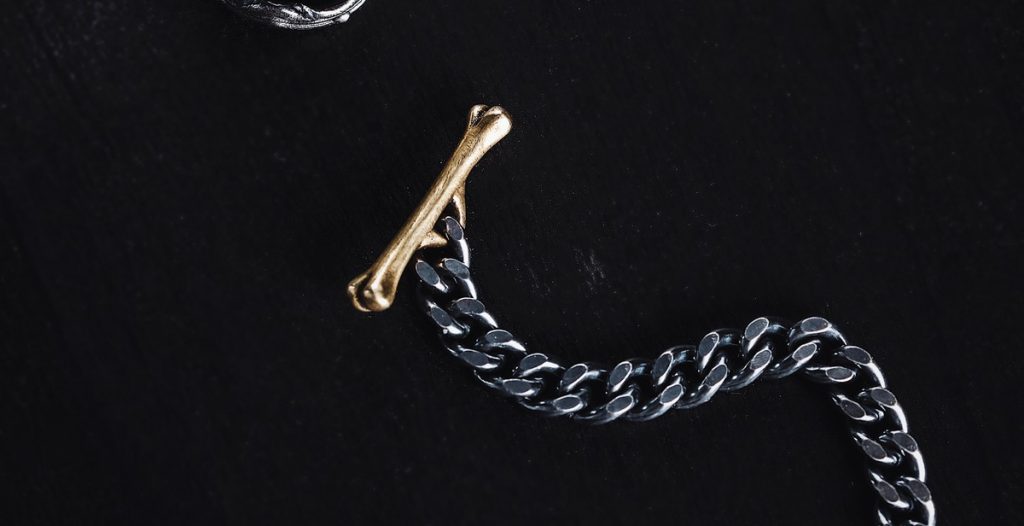How to Create a Sustainable Jewelry Collection: Tips and Resources
As consumers become more aware of the impact of their choices on the environment, sustainable fashion has become a popular topic. Creating a sustainable jewelry collection is an excellent way to contribute to this movement while still enjoying beautiful and unique pieces.
Why Create a Sustainable Jewelry Collection?
There are several reasons why you should consider creating a sustainable jewelry collection:
- Environmental Impact: Traditional jewelry production methods can have a significant impact on the environment. By creating a sustainable jewelry collection, you can reduce your carbon footprint and contribute to a healthier planet.
- Social Responsibility: Many jewelry retailers source their materials from unethical and exploitative sources. By creating a sustainable jewelry collection, you can ensure that your pieces are ethically sourced and produced.
- Unique Pieces: Sustainable jewelry is often crafted by hand, which means that each piece is unique. By creating your own sustainable jewelry collection, you can showcase your individual style and support independent artisans.
In this article, we’ll provide you with tips and resources to help you create a sustainable jewelry collection that’s both beautiful and environmentally responsible.
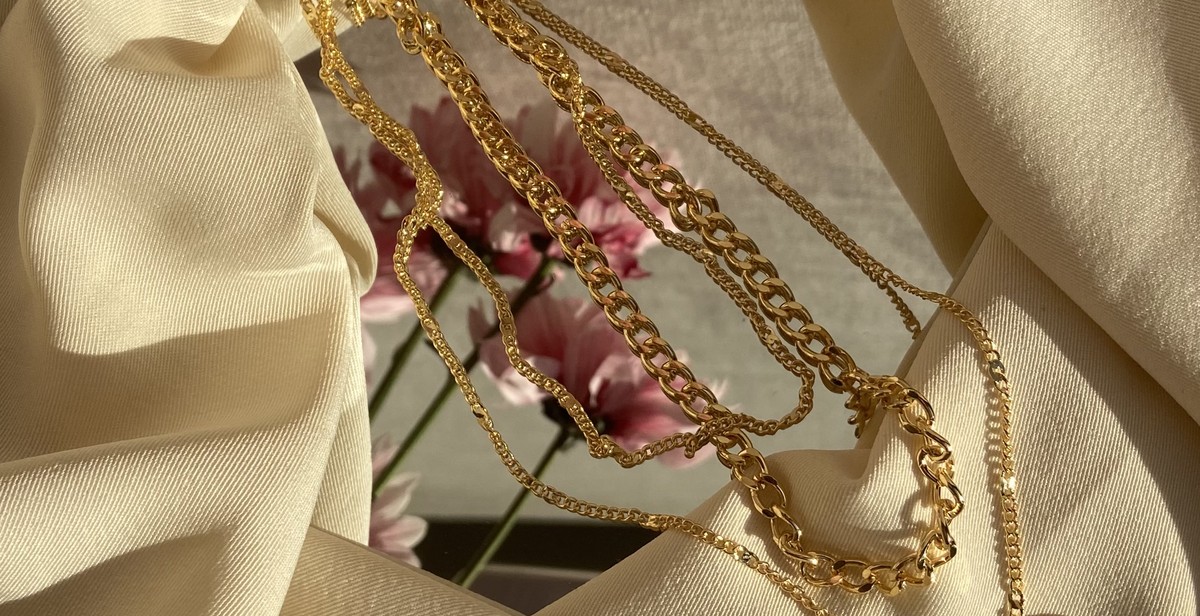
Tip 1: Choose Ethical and Sustainable Materials
Creating a sustainable jewelry collection starts with choosing ethical and sustainable materials. Ethical materials are those that are sourced and produced without harming people or the environment. Sustainable materials, on the other hand, are those that can be produced without depleting natural resources or causing long-term damage to the environment.
What Are Ethical and Sustainable Materials?
Examples of ethical materials include recycled metals, fair trade gemstones, and lab-grown diamonds. Recycled metals are obtained from discarded jewelry, electronics, and other sources, and they reduce the need for mining new metals. Fair trade gemstones are mined and processed under fair labor conditions, and the miners receive a fair price for their work. Lab-grown diamonds are produced using renewable energy sources and have a smaller carbon footprint than mined diamonds.
Sustainable materials include materials that are renewable or can be easily replenished. Examples of sustainable materials include bamboo, wood, and recycled glass. Bamboo is a fast-growing plant that can be harvested without killing the plant, and it can be used to make jewelry components such as beads and pendants. Wood can be sourced from sustainably managed forests, and it can be used to make jewelry boxes and displays. Recycled glass can be melted down and shaped into beads and other components.
Where to Find Ethical and Sustainable Materials
There are many sources for ethical and sustainable materials. One option is to work with suppliers who specialize in these materials. These suppliers can provide information about the materials they sell and how they are produced. Another option is to look for certifications such as Fairtrade or Responsible Jewellery Council (RJC) certification, which indicate that the materials were sourced and produced ethically and sustainably.
Additionally, you can consider sourcing materials locally, which can reduce the environmental impact of transportation. You can also look for materials that are upcycled or repurposed, such as vintage jewelry components or discarded materials from other industries.
| Ethical Materials | Sustainable Materials |
|---|---|
| Recycled metals | Bamboo |
| Fair trade gemstones | Wood |
| Lab-grown diamonds | Recycled glass |
By choosing ethical and sustainable materials, you can create a jewelry collection that is not only beautiful but also environmentally and socially responsible.
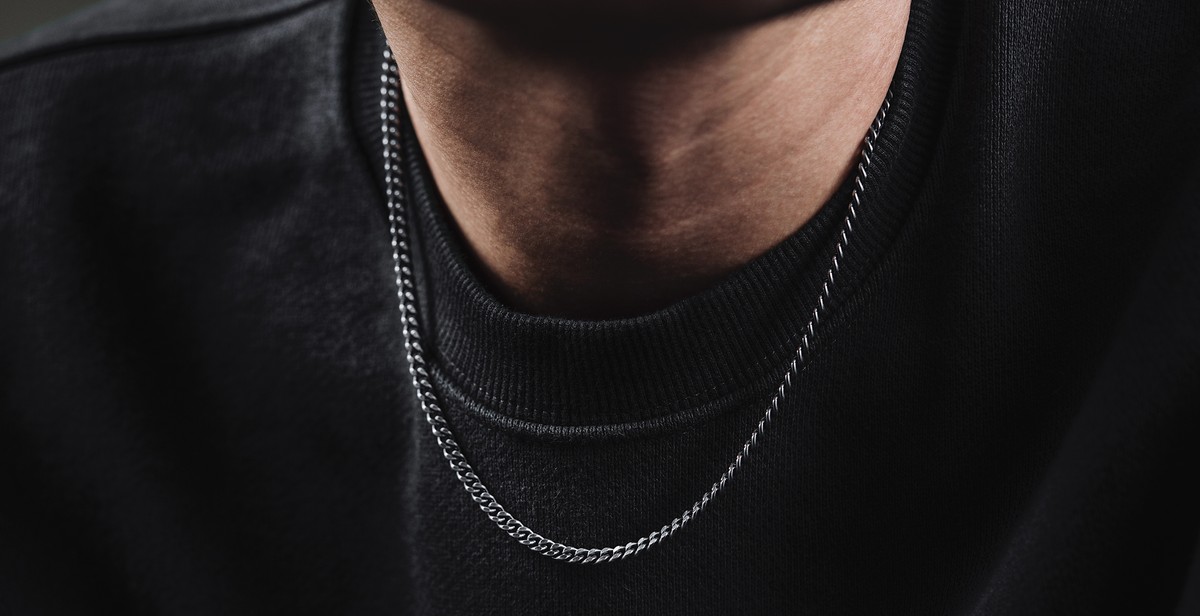
Tip 2: Work with Fair Trade Artisans and Suppliers
Creating a sustainable jewelry collection involves sourcing materials and working with artisans who prioritize ethical and fair trade practices. By doing so, you support the artisans and suppliers who create your jewelry, and you also ensure that your collection has a positive impact on the environment and the people involved in its creation.
What Is Fair Trade?
Fair trade is an approach to business that prioritizes fair and equitable treatment of workers and suppliers. Fair trade artisans and suppliers receive fair pay for their work, have safe and healthy working conditions, and are empowered to make decisions about their work and their lives.
When working with fair trade artisans and suppliers, you can be sure that the materials used in your jewelry are ethically sourced and that the people involved in making your jewelry are treated fairly.
Where to Find Fair Trade Artisans and Suppliers
There are many resources available for finding fair trade artisans and suppliers. One option is to look for certifications such as Fairtrade International or the World Fair Trade Organization. These organizations certify products and businesses that meet their fair trade standards.
You can also find fair trade artisans and suppliers through online marketplaces such as Etsy, which has a dedicated section for fair trade products. Additionally, there are many fair trade jewelry brands that prioritize ethical and sustainable practices.
| Benefits of Working with Fair Trade Artisans and Suppliers |
|---|
| Supports fair and equitable treatment of workers and suppliers |
| Ensures ethically sourced materials |
| Positive impact on the environment and the people involved in its creation |
Working with fair trade artisans and suppliers is not only the ethical choice, but it also ensures that your jewelry collection is sustainable and has a positive impact on the world.
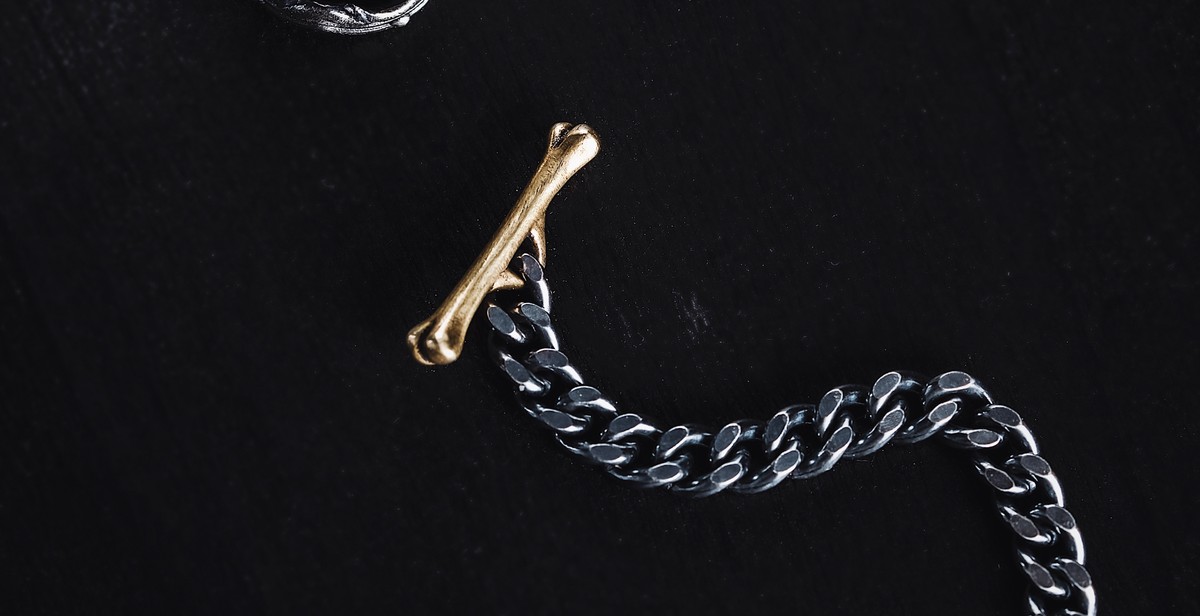
Tip 3: Choose Quality Over Quantity
When it comes to creating a sustainable jewelry collection, it’s important to choose quality over quantity. Investing in high-quality pieces not only ensures that your jewelry will last longer, but it also reduces the need to constantly replace items that break or tarnish easily.
The Importance of Quality
Quality jewelry is made with durable materials that stand the test of time. This means that you won’t have to worry about your favorite necklace breaking after just a few wears, or your bracelet losing its shine after a couple of months. High-quality jewelry is also less likely to cause allergic reactions or irritations, as it’s made with hypoallergenic materials that are safe for even the most sensitive skin.
Additionally, investing in quality jewelry is a sustainable choice. Cheap, low-quality jewelry is often made with materials that are harmful to the environment, such as plastic or synthetic materials. By choosing high-quality, sustainable jewelry, you can reduce your environmental impact and support ethical practices in the jewelry industry.
How to Choose Quality Jewelry
When shopping for jewelry, there are a few things to look out for to ensure that you’re getting a high-quality piece. First, check the materials. Look for jewelry made with precious metals like gold or silver, or sustainable materials like recycled glass or wood. Avoid jewelry made with cheap, synthetic materials that are likely to break or tarnish quickly.
Next, pay attention to the craftsmanship. Quality jewelry is made with care and attention to detail, with no loose stones or uneven finishes. Check for any signs of wear or damage, and avoid purchasing items that appear to be poorly made.
Finally, consider the brand. Look for brands that prioritize sustainability and ethical practices, and avoid those that have a history of unethical practices or environmental harm. By choosing quality jewelry from responsible brands, you can feel good about your purchase and support a more sustainable future for the jewelry industry.
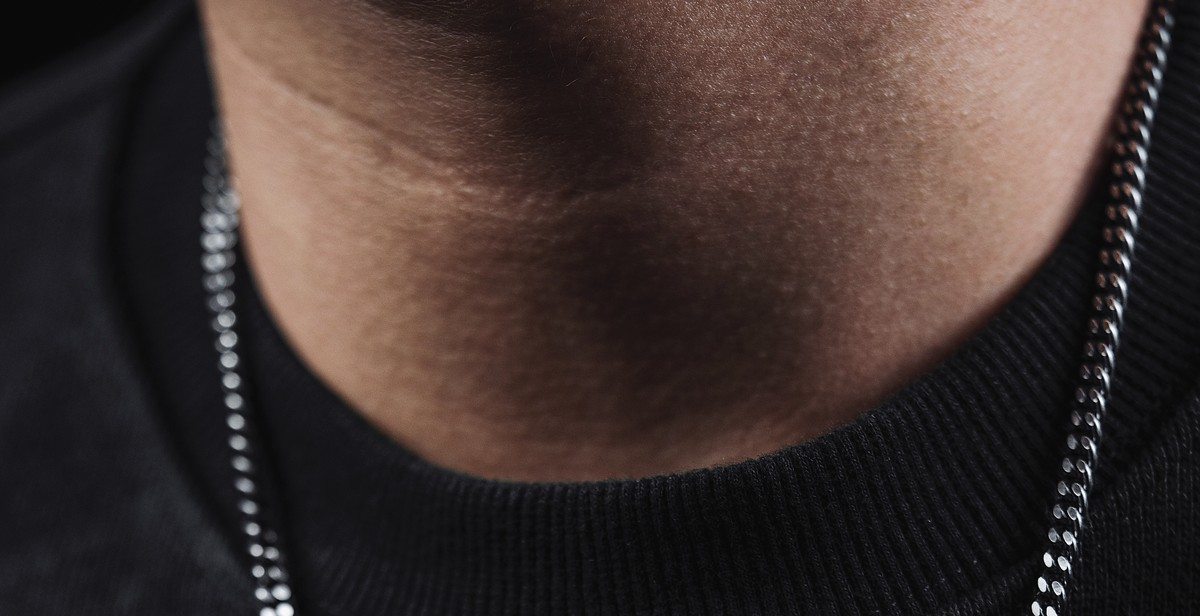
Tip 4: Repurpose and Recycle
One of the most sustainable ways to create a jewelry collection is to repurpose and recycle old jewelry pieces. Not only does this reduce waste, but it also adds a unique touch to your collection.
What Is Repurposing and Recycling?
Repurposing involves taking an existing piece of jewelry and transforming it into something new. This could mean using the materials to create a completely different piece, or simply altering the design to make it more modern and wearable.
Recycling, on the other hand, involves melting down old jewelry and using the metal to create new pieces. This is a great option for those who have broken or outdated pieces of jewelry that are no longer wearable.
How to Repurpose and Recycle Jewelry
If you have old jewelry that you would like to repurpose or recycle, there are a few options available:
- DIY: If you’re feeling creative, you can try repurposing your jewelry yourself. There are plenty of tutorials available online that can guide you through the process.
- Jewelry Designer: Another option is to take your old jewelry to a professional jewelry designer. They can help you transform your pieces into something new and unique.
- Jewelry Recycling Services: There are also jewelry recycling services available that will take your old jewelry and melt it down to create new pieces. Some of these services even offer a credit for the metal value of your old jewelry.
When repurposing or recycling your old jewelry, it’s important to choose a reputable service or designer. Look for someone who has experience working with recycled materials and can ensure that your new pieces are both beautiful and sustainable.
| Benefits | Explanation |
|---|---|
| Reduces waste | Repurposing and recycling old jewelry keeps materials out of landfills and reduces the need for new mining. |
| Unique designs | Repurposing old jewelry allows you to create one-of-a-kind pieces that are completely unique. |
| Saves money | Repurposing and recycling old jewelry is often cheaper than buying new materials. |
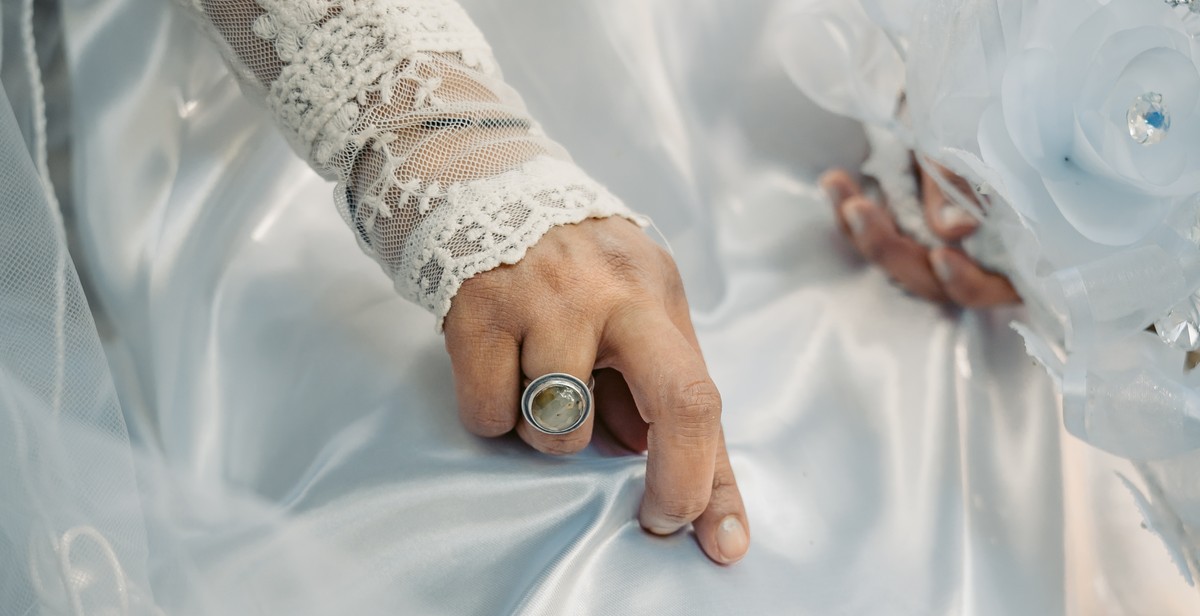
Tip 5: Choose Local and Independent Brands
When creating a sustainable jewelry collection, it’s important to consider not only the materials used, but also the brand behind the product. Choosing to support local and independent brands can have a huge impact on the environment and the economy.
Why Choose Local and Independent Brands?
Local and independent brands often have a smaller carbon footprint than larger, international brands. They usually source their materials locally and work with nearby artisans and suppliers. This reduces transportation emissions and supports local economies.
Additionally, independent brands tend to have more control over their production process, ensuring that ethical and sustainable practices are upheld. They are more likely to use recycled materials, fair trade gemstones, and eco-friendly packaging.
By choosing local and independent brands, you’re not only supporting sustainable practices, but also promoting diversity and creativity in the industry.
Where to Find Local and Independent Brands
The best way to find local and independent brands is to research and shop locally. Visit artisan markets, craft fairs, and independent boutiques in your area. Look for brands that prioritize sustainability and ethical practices.
You can also search online for independent brands that align with your values. Websites such as Etsy and Not on the High Street offer a vast selection of handmade, sustainable jewelry from independent designers.
By choosing to support local and independent brands, you’re making a conscious decision to promote sustainability, support local economies, and promote creativity in the industry.
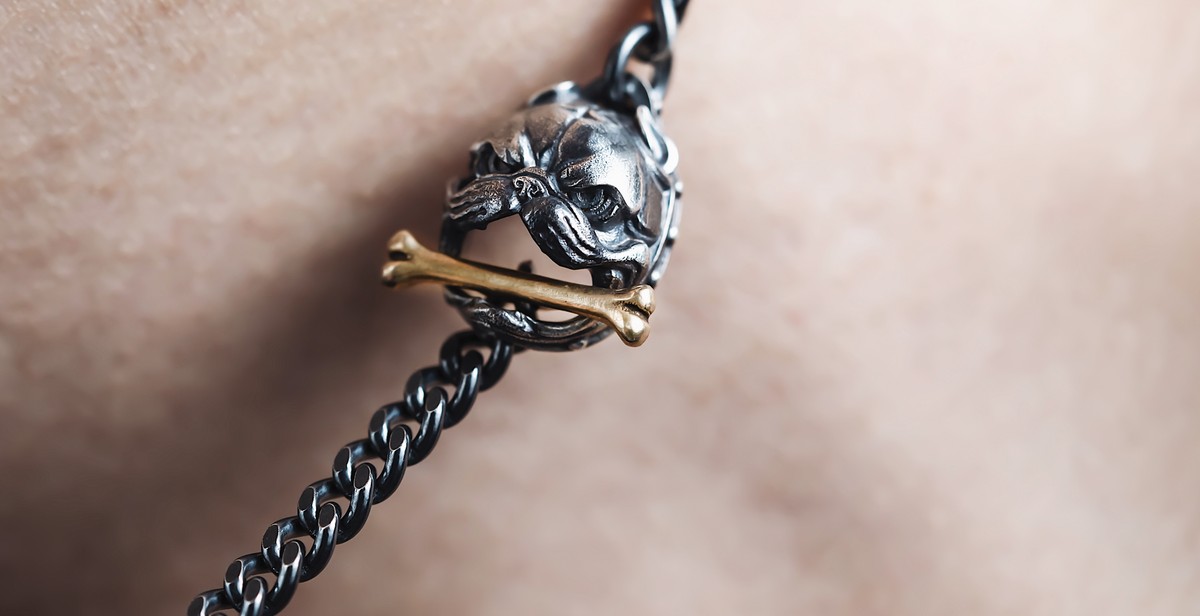
Resources for Creating a Sustainable Jewelry Collection
Creating a sustainable jewelry collection involves making conscious decisions at every stage of the supply chain. The following resources can help you navigate the complex world of sustainable jewelry:
Sustainable Jewelry Organizations and Certifications
- Fairtrade Gold: This certification ensures that small-scale and artisanal miners are paid fair prices and work in safe conditions.
- Responsible Jewellery Council: This organization sets standards for responsible business practices in the jewelry industry, including ethical sourcing and environmental management.
- The Sustainability Consortium: This organization promotes sustainability across industries, including jewelry, by providing tools and resources for companies to measure and improve their environmental and social impact.
Sustainable Jewelry Books and Articles
- Handmade Jewelry: The Maker’s Mark by Mark Fenn: This book explores the work of contemporary jewelry makers who prioritize sustainability and ethical practices.
- “The New Wave of Sustainable Jewelry Brands” by Emily Farra: This article highlights emerging sustainable jewelry brands and their innovative approaches to design and production.
- Dirty Gold: The Rise and Fall of an International Smuggling Ring by Greg Palast: This book exposes the environmental and social impact of gold mining and the need for responsible sourcing.
Sustainable Jewelry Suppliers and Brands
| Supplier/Brand | Focus |
|---|---|
| Shakti Ellenwood | Ethically sourced gemstones and recycled metals |
| Catbird | Recycled gold and conflict-free diamonds |
| Eco-Age | Sustainable and ethical jewelry from various brands |
By using these resources, you can create a sustainable jewelry collection that is both beautiful and ethical.

